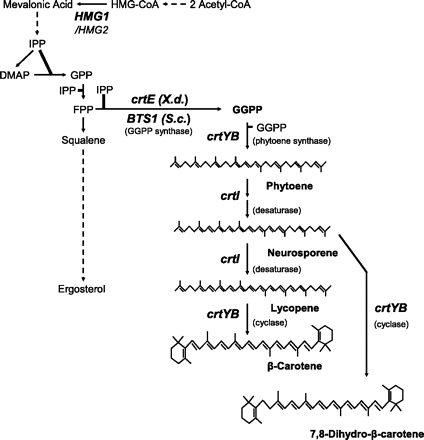Nagahama
Contents
Introduction
We save many people from "invisible starvation"
There are two kinds of starvation, acute malnutrition and chronic malnutrition.
・Acute malnutrition
Acute malnutrition tends to be prone to conflict, disasters, etc, and food and weight are lost at once so that weight and muscle mass are decreasing.
Malnutritions of this type is malnutrition of an apparently easy-to-understand type such as being thin.
・Chronic malnutrition
Chronic malnutrition is also referred to as "invisible starvation" and refers to a state in which the body height is low with respect to age, the immunity is low, and the volume of the brain is small due to lack of intake of micronutrients such as proteins and vitamins and minerals .
In developing countries, the proportion of people with this chronic malnutrition will reach 1 in 3 people.The causes are as follows.
· Inadequate access to food and food
· Not to take healthy eating without concern for food from lack of knowledge
· There is no money to buy adequate food, and for the time being, to eat a lot of staple food to fill the stomach, it becomes a diet devoted to carbohydrates
In addition , as one of the policies of each country, We thought first of all to reduce acute malnutrition, so it is considered as one of the causes that correspondence of chronic malnutrition has been postponed inevitably.
Looking at the short stature ratio of children under 5 years old, it is an indicator of chronic malnutrition, the average of developing countries is 32% compared with developed countries.
We wanted to solve this problem, we wanted to reduce chronic malnutrition, I thought that we want children of the world to spend even more healthy days, devised this project.
About Vitamin A Deficiency
According to the World Health Organization, vitamin A deficiency is, along with iron, iodine and zinc deficiencies, one of the most prevalent and severe micronutrient deficiencies in the world. People whose diets are mostly based on starchy foods like rice are especially at risk, as these foods do not vitamin A. Vitamin A deficiency cause blindness. 13.8 million children have some degree of vision loss related to vitamin A deficiency. It is estimated that 250,000,000 preschool children have a vitamin A deficiency. Of those 250 million, 500,000 become blind every year. Half of the children who become blind die within 12 months.
Why Funazushi?
In order to solve the problem of "invisible starvation", we searched for foods with high protein content.
Foods with high protein content were mainly meat, fish and soybeans.
In developing countries, meat and soybeans have no environment to raise, it takes time and
Fish can be acquired relatively easily because there is no need to raise sea or river if there is sea or river, less time and cost.
Therefore, our project went mainly with fish.
There is a problem that fish are prone to bruise.
We used a preservation method called fermentation to solve the problem.
The fermentation preservation method has been done since ancient times and it can be done in developing countries as it does not require special machinery such as electricity and refrigerator. In addition, fermentation can enhance nutrition, so it fits our purpose this time.
So we chose Funazushi which is a food familiar to our locals with fermented fish.
It is good for you to be delicious and good your body.
Funazushi has a unique fermentation odor and a taste.
There are not many people who feel Funazushi delicious.
So, we aimed to develop Funazushi that everyone seems delicious.
Quantitative analysis of amino acids and what kind of taste We also examined what kind of nutrients exist.
Analysis of volatile components was conducted to examine odorous components.
Overview of our design
Plasmid Construction



